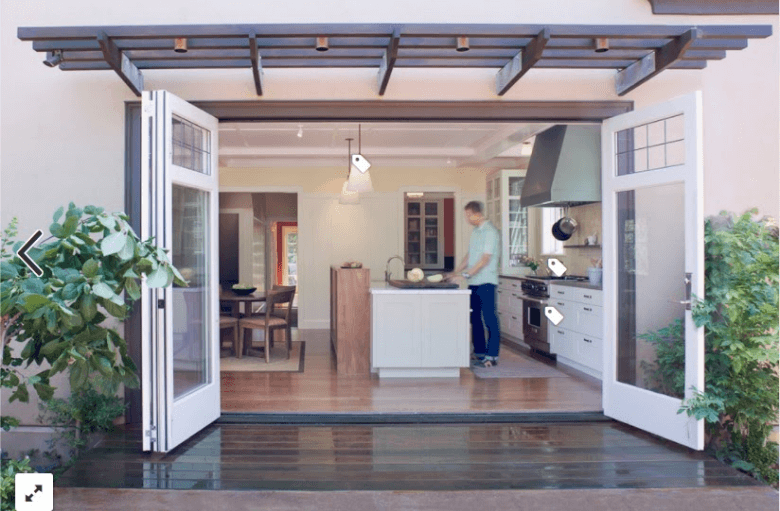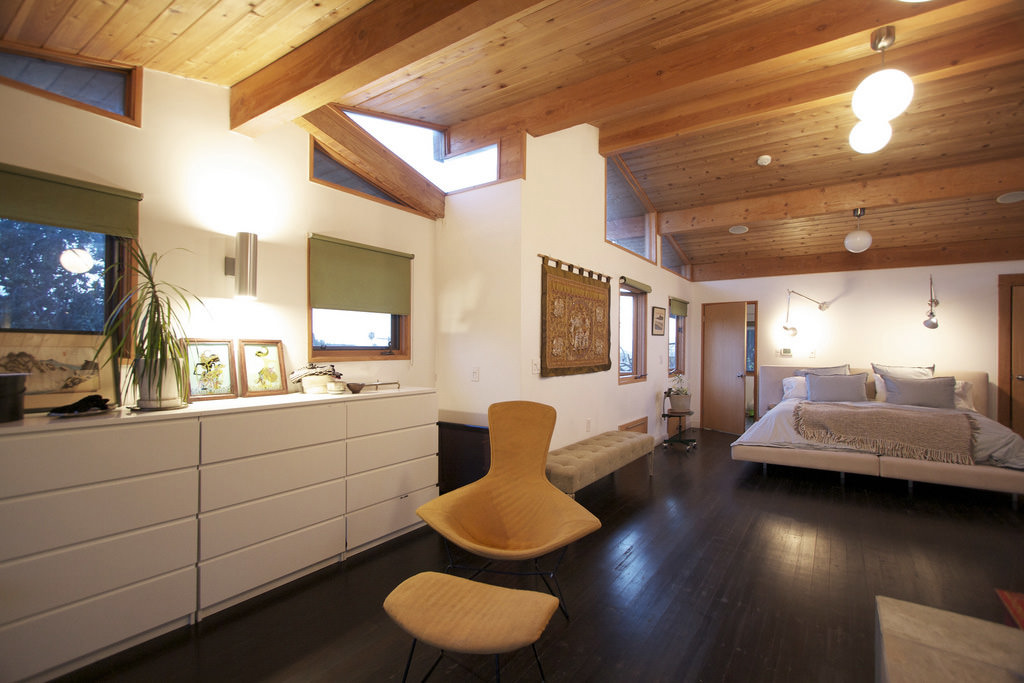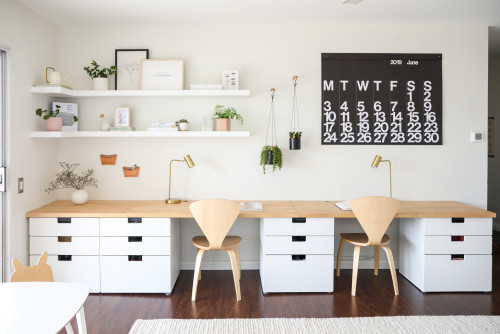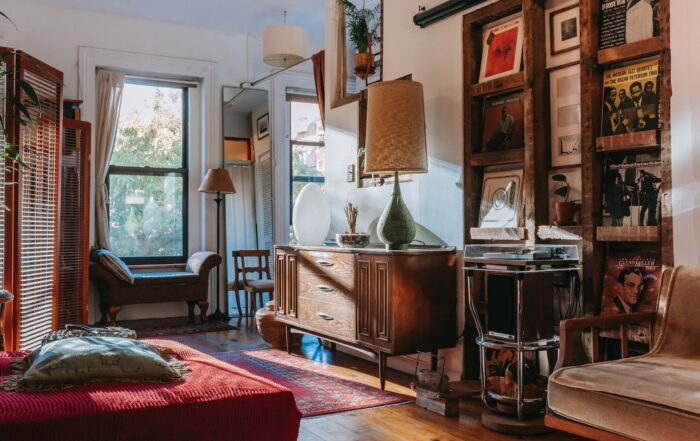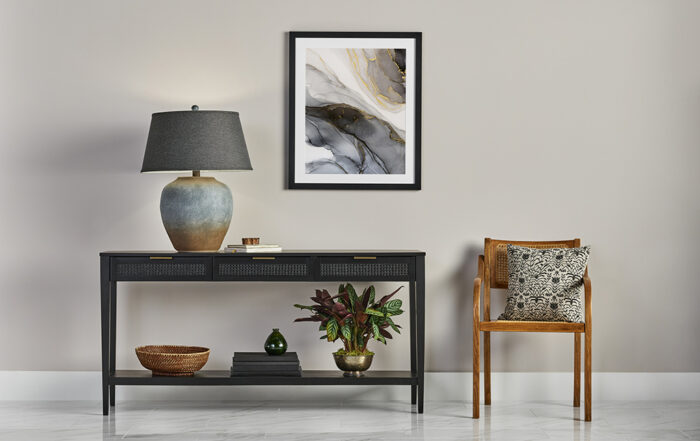In 2020, the COVID-19 pandemic transformed the home into a multi-purpose space. For many folks, their home became an office, classroom, gym, restaurant, and vacation spot—just to name a few. In turn, homeowners are using their personal space in new ways, ultimately changing the landscape of home design as we know it.
Ahead, explore just how COVID-19 is expected to change the future of home design and building.
- A Need for Work- from-Home Spaces
As remote work and learning becomes the norm, homeowners are seeking spaces that can be converted into a home office, classroom, or both. Ideally, these areas will consist of rooms with doors, rather than busy spaces (such as a nook in the kitchen or living room).
If nooks in high-traffic areas are the only option, homeowners will appreciate the option to use partitioning. This may include features such as sliding doors or curtains to help close off each nook.
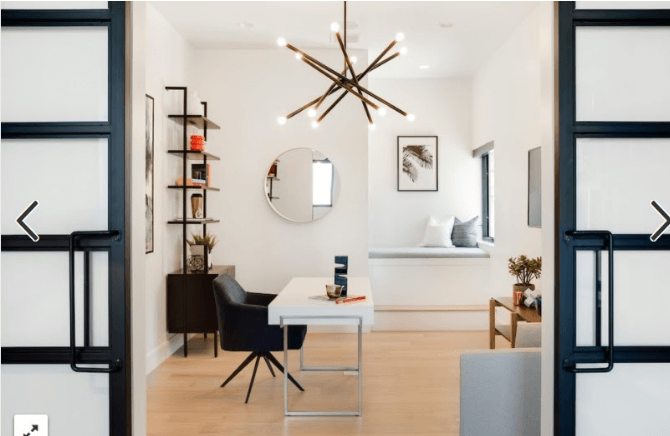
- Increased Focus on Mental Health
It goes without saying that the pandemic took a toll on our collective mental health. As a result, there has been an increased focus on stress relief and self-care, especially at home. To accommodate this shift, incorporate elements that naturally support mental health and wellness.
For example, large windows can fill a room with fresh air and natural light. This will not only brighten up a homeowner’s room, but their mood too. Soft colors—such as white, light gray, and light blue—have a relaxing effect. Provide plenty of storage space as well. This will make it easier for homeowners to declutter, further enhancing the serenity of their home.
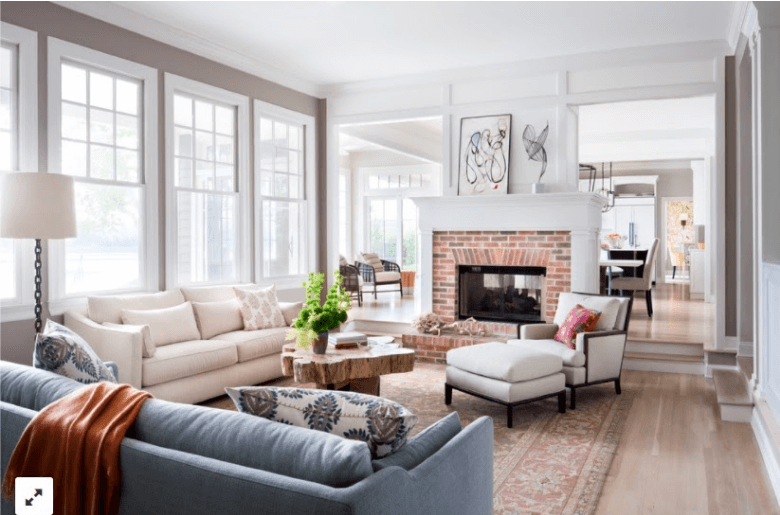
- More Interest in Transition Rooms
As cleanliness continues to be a priority, transitional spaces (such as mudrooms) have become important fixtures in the home. Here, families can shed their outdoor gear before stepping inside, helping keep their homes clean and safe. This is especially helpful for essential workers who frequently leave the house.
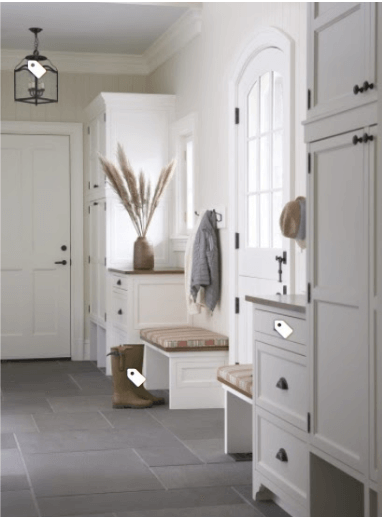
- Easy-to-Clean Surfaces
On a similar note, people are leaning toward materials that are easy to clean and maintain. Examples include laminate, glass, and stainless steel. As non-porous surfaces, these materials can withstand constant cleaning. They’re best used in high-traffic areas, such as the entryway, kitchen, and bathroom.
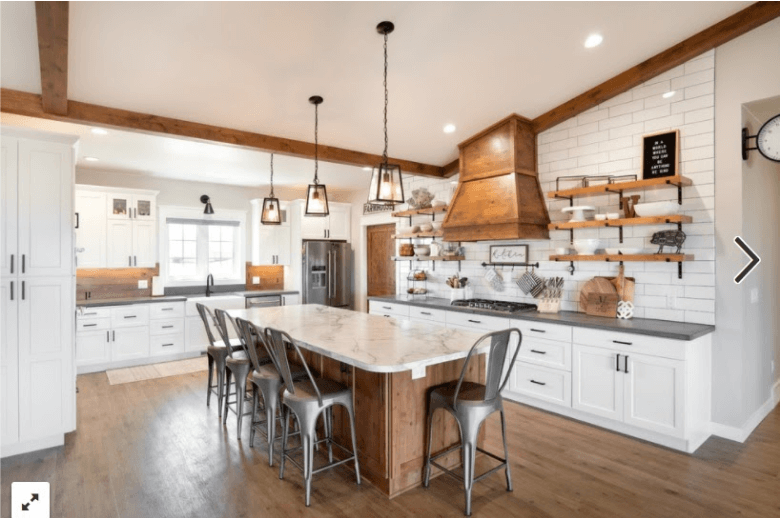
- Private Outdoor Spaces
During the pandemic, people developed a newfound appreciation for the great outdoors. Backyards, patios, and other private outdoor spaces have become highly coveted. These areas allow homeowners to enjoy fresh air and sunshine while staying safe and avoiding public spaces.
Transitional areas that merge the home with nature are especially popular. Examples include outdoor patio kitchens and large doors that are both stylish and functional.
